Purple team exercises are now being used by security leaders to boost their cyber defence initiatives.
So what is a purple team exercise, and why is it essential in 2025?
Let’s break it down.
What is a Purple Team Exercise?
In a purple team exercise, experts from the offensive (red team) and defensive (blue team) cybersecurity teams collaborate in real time. Enhancing cyber threat detection, response, and mitigation is the aim.
Purple team engagements are transparent, iterative, and feedback-driven, allowing both teams to learn and adjust.
Consider it your SOC’s training gym, where each punch is instantly evaluated to determine whether it was blocked, missed, or detected.
Red vs. Blue vs. Purple: What’s the Difference?
| Team | Role | Visibility | Primary Goal |
|---|---|---|---|
| Red Team | Simulate real-world attacks | Covert | Test defenses, expose weaknesses |
| Blue Team | Detect, defend, respond | Passive | Protect infrastructure |
| Purple Team | Collaborate & improve | Transparent | Enhance detection & response |
Red and blue teams are not replaced by purple teams. Rather, they maximise the value of each by functioning as a bridge.
How a Purple Team Exercise Works
- Planning & Scope Definition
- Define target systems, tools, threat models (e.g., MITRE ATT&CK).
- Threat Simulation & Collaboration
- Red team executes attacks step-by-step with blue team visibility.
- Blue team responds, tunes detections, logs actions.
- Gap Analysis
- Identify missed detections, alert gaps, SIEM/logging blind spots.
- Real-Time Iteration
- Adjust defenses, replay attacks, validate improvements.
- Debrief & Recommendations
- Create a prioritized roadmap to close gaps and mature detection.
Who Should Run a Purple Team Exercise?
Purple teaming is ideal for:
- Organizations with existing SOC, MDR, or IR teams
- Sectors like energy, healthcare, financial services, and government
- Companies working toward compliance (e.g., NIST CSF, ISO 27001, NERC CIP)
If you’re running SIEM, SOAR, EDR, or XDR and still feel blind during incidents—purple teaming is for you.
Key Benefits
- Improved Detection of real-world threats
- Reduced False Positives with rule tuning
- Enhanced Collaboration between red and blue teams
- Metrics-Driven Maturity through iterative improvement
Purple Teaming vs Tabletop Exercises vs BAS
| Exercise Type | Interactive? | Technical Depth | Realistic Simulation? |
| Tabletop Exercise | No | Low | Low |
| Breach & Attack Simulation (BAS) | Limited | Medium | Medium |
| Purple Team Exercise | Yes | High | High |
Purple teaming is the closest thing to a live incident—but with full control, visibility, and collaboration.
Real Example: Bluefire Redteam in Action
During a 3-day purple team engagement with a regional utility provider, Bluefire Redteam:
- Identified 11 detection gaps across SIEM and EDR
- Tuned alert logic in real time
- Boosted detection coverage by 43% across critical MITRE ATT&CK tactics
All without disrupting normal operations.
Ready to Strengthen Your Cyber Defense?
Custom purple team exercises are available from Bluefire Redteam, tailored to your tools, maturity level, and threat profile.
[Download Our Purple Team Exercise Checklist] or [Book a Free 30-Minute Consultation]

